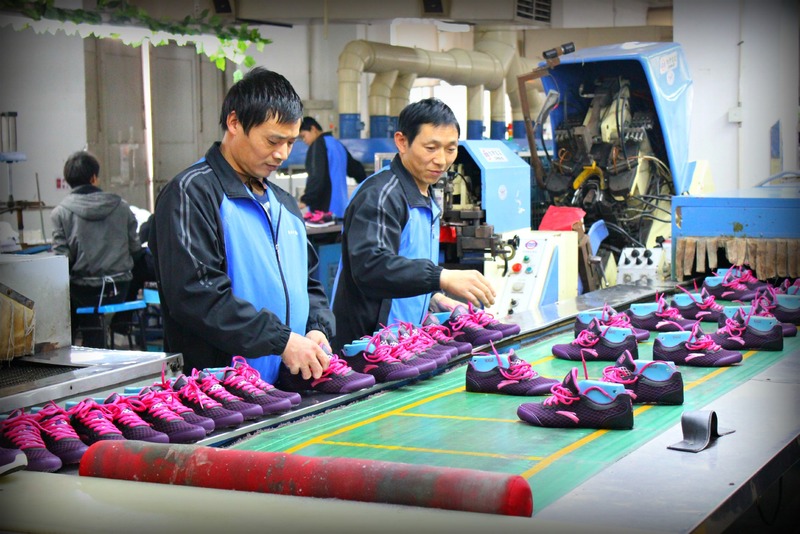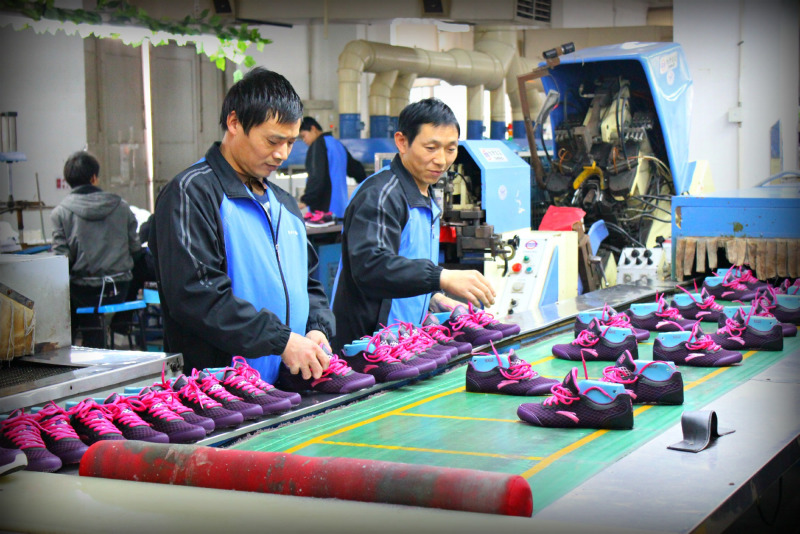Footwear industry is agitated to escape from hardship
In the first 6 months of 2017, export turnover of the footwear industry has a low growth rate, there are months whose export turnover was smaller than the same period of last year. But leather and footwear orders are often at the end of the year, so many footwear factories expect the export situation to improve and more likely to hit the target as planned.
The market is full of hardship
According to Lefaso, in the first four months of this year, export turnover increased by only 5%, while in the same period of last year, it increased by 10-15%. Especially in March, export orders to the European Union (EU) market tended to fall sharply; other markets remained stable but the market share was not as strong as the EU, so the total turnover was affected. In May and June, the volume of exports has shown signs of recovery but not sudden changes and achieved the growth rate as in previous years. EU markets fell sharply due to the impact of political instability and reduced consumer demand. Therefore, EU customers - the largest partner in the footwear industry to change orders, just ordered according to the needs of the market, not make continuous orders like previous years.
However, in addition to the decrease in orders due to the impact of the market, the cause also comes from the factory of leather shoes in Vietnam. It is the ability to meet the production requirements of customers. Many businesses said that orders and customers in the last 6 months were not missing, even, many big brands in the world also come to Vietnam for outsourcing but Vietnamese enterprises do not meet their conditions such as the conditions of the facilities, quality of production, quality of management, environment, raw materials and quality of workers... so they do not dare to receive orders.
Expectations from domestic businesses
In the remaining months of 2017, most leather footwear enterprises expect a better growth. In fact, many footwear manufacturing establishments which have better conditions have expanded their production capacity, for example, Sahara International Corporation has invested 240 billion VND to build a factory of 40,000 m² with closed production line, modern technology meeting the capacity of about 3 million pairs per year. In addition, the market also noted the shift of some enterprises to open their factories in remote areas such as Nghe An, Long An, Kien Giang... to take advantage of labor and land. In addition, many businesses are opening factories in large industrial zones to expand production and link with stronger enterprises for jointly export growth.
But with most leather and footwear businesses being small and super small, besides the support from the government, local businesses need strategies to improve their competitiveness. Many businesses are dependent on customers, so enterprises need information related to management, marketing, and also need to strengthen the information connection related to the production, trading, import and export activities and supporting programs of the government.
With changes from the business itself and support from the authorities, it is hoped that the export target for 2016 will be $14 billion for footwear. However, with unpredictable fluctuations from the domestic and international markets, enterprises need to be more active in expanding the market, increasing trade opportunities as well as connecting enterprises to meet demands of the customer.










